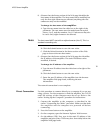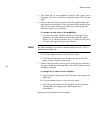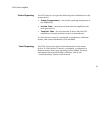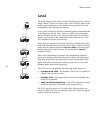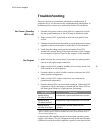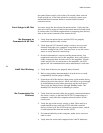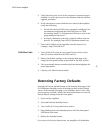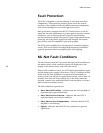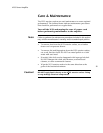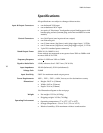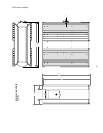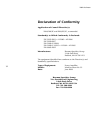28
Mark Levinson
Fault Protection
The Nº53 is designed to prevent damage to itself and associated
components. These extensive features protect both the critical
circuitry of the amplifier itself and shield connected loudspeakers
from serious damage due to critical high-power levels.
Basic protections designed into the Nº53 include fuses on the AC
input line for each transformer to protect against excessive current
conditions, such as driving shorted outputs. Inrush limiting
prevents premature aging of the power supply components during
power-up; once the power supply has been charged, this feature
goes off-line until the amplifier is powered up again.
The Nº53 power amplifier also incorporates a controlled clipping
circuit. This circuit reduces the harsh high-frequency harmonics
typically generated when an amplifier goes into clipping.
ML Net Fault Conditions
The slave devices in an ML Net system can report fault conditions to
the master device. Fault condition reports are displayed on the
display of the master device when the fault occurs.
When a fault condition occurs, the Nº53 mutes the amplifier output
and the main power supply is shut down. The Nº53 remains in fault
mode until the fault condition is resolved and the amplifier is
power-cycled (turn off the rear panel Power switch, wait at least 10
seconds, then turn the Power switch on). If the fault cannot be
resolved, contact your authorized Mark Levinson dealer or contact
Mark Levinson customer service.
The fault conditions reported are:
• Slave Device DC Offset – indicates that the Nº53 amplifier is
experiencing a signal-related fault.
• Slave Device Over Current – indicates that the Nº53 is
experiencing an over-current condition.
• Slave Device Over Temperature – indicates that the Nº53
amplifier is overheating.
• Signal – indicates that the Nº53 has experienced a general
signal fault.



